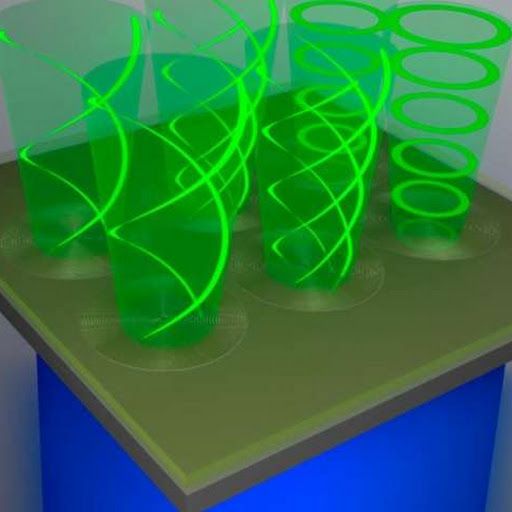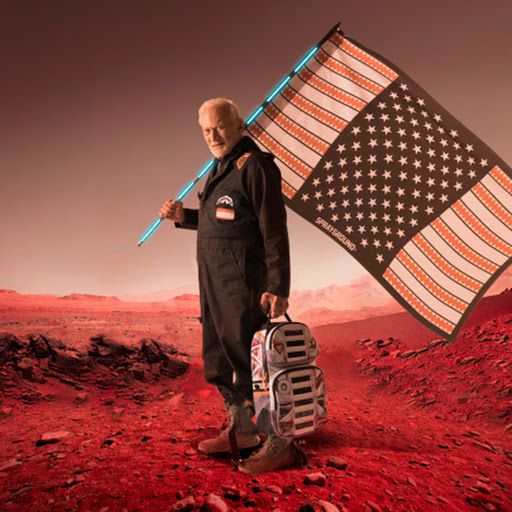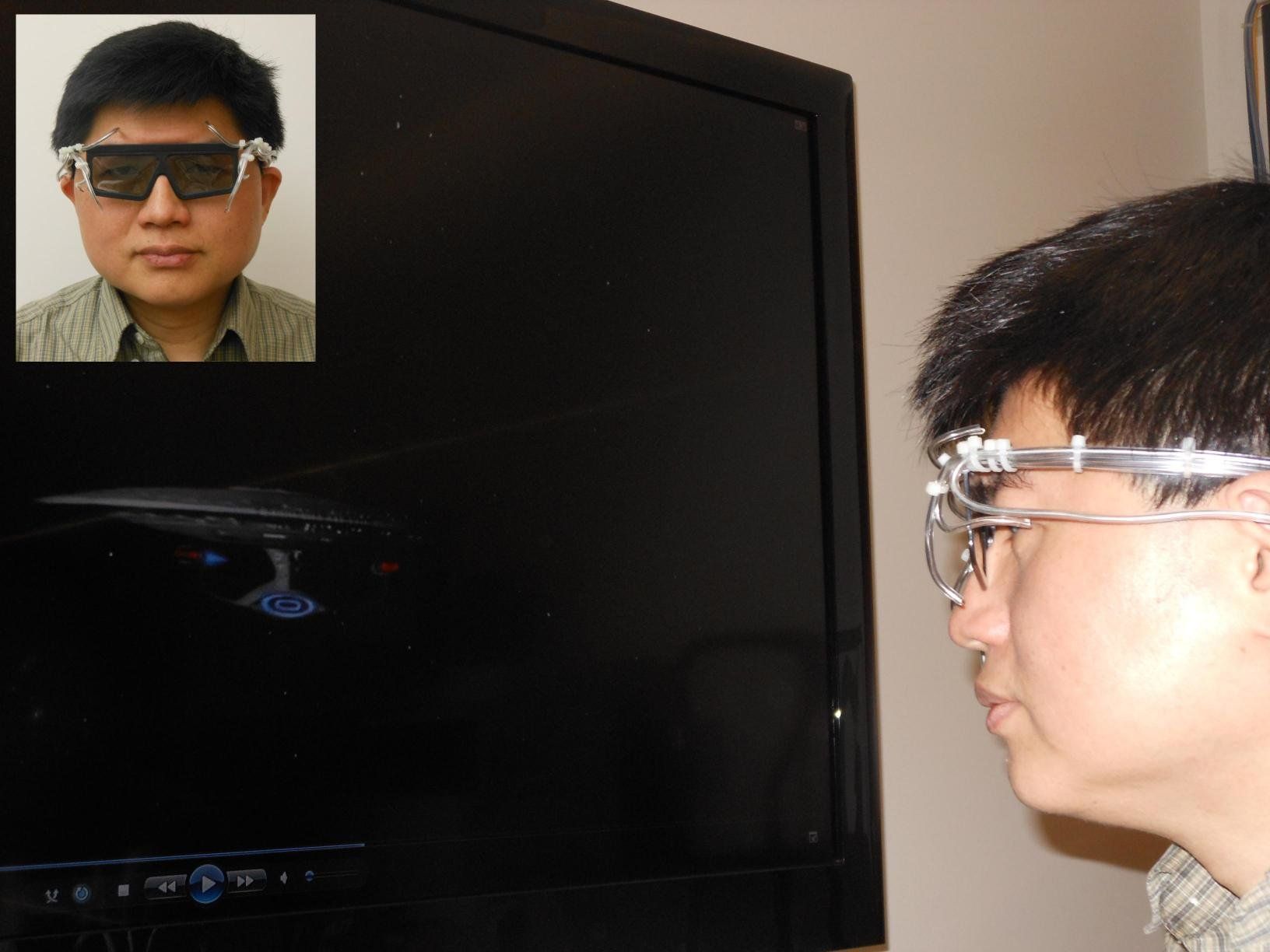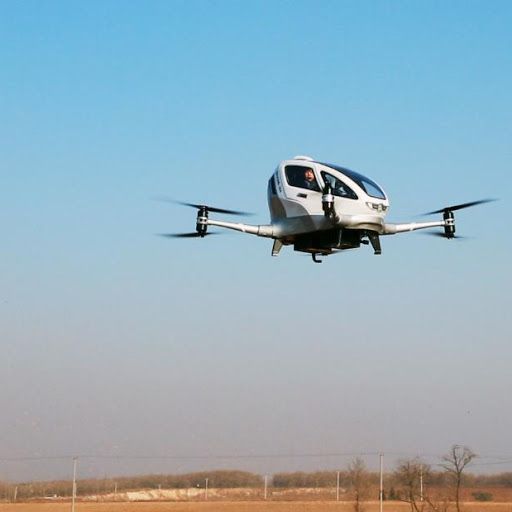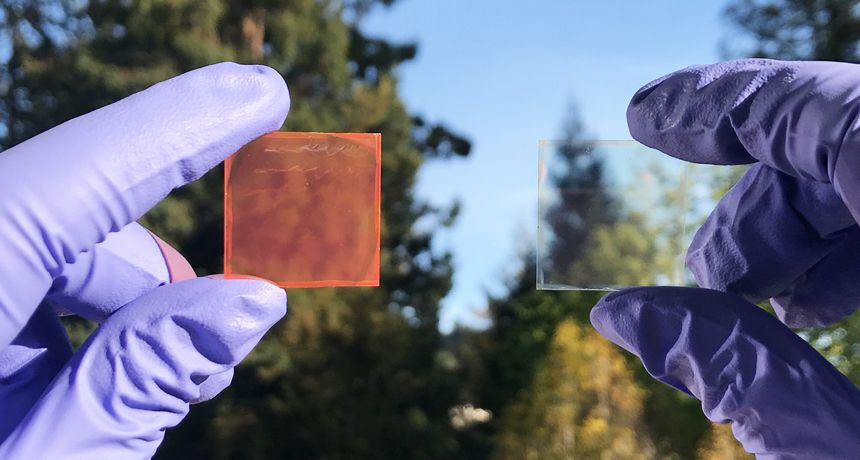Page 10186
Feb 8, 2018
Five major psychiatric diseases have overlapping patterns of genetic activity, new study shows
Posted by Genevieve Klien in categories: biotech/medical, genetics, neuroscience
Autism, schizophrenia, bipolar, depression and alcoholism have similar molecular signatures in the brain.
Feb 8, 2018
Organic vortex lasers could be used in future 3D displays
Posted by Genevieve Klien in categories: electronics, futurism
Illustration of an array of organic vortex lasers, each with a different spiral and therefore a different topological charge. Credit: Stellinga et al. ©2018 American Chemical Society Researchers have developed a new type of organic vortex laser, which is a laser that emits a helical beam of light. In the future, miniature arrays of these vortex lasers, each with a slightly different spiral shape, may be used in applications such as 3D TV displays, microscopy, and as information carriers for visible light communications. The researchers, led by Ifor D. W. Samuel at the University of St. Andr…
Feb 8, 2018
Buzz Aldrin wants you to buy this $150 solar backpack
Posted by Genevieve Klien in category: space
Singapore-based ST Aerospace has collaborated with US-based precision control components provider Moog to explore and develop blockchain and 3D printing-enabled total digital transaction for the global aerospace sector.
Feb 8, 2018
New ‘4D goggles’ allow wearers to be ’touched‘
Posted by Saúl Morales Rodriguéz in categories: entertainment, media & arts, neuroscience, space travel, virtual reality
A team of researchers at UC San Diego and San Diego State University has developed a pair of “4D goggles” that allows wearers to be physically “touched” by a movie when they see a looming object on the screen, such as an approaching spacecraft.
The device was developed based on a study conducted by the neuroscientists to map brain areas that integrate the sight and touch of a looming object and aid in their understanding of the perceptual and neural mechanisms of multisensory integration.
But for the rest of us, the researchers said, it has a more practical purpose: The device can be synchronized with entertainment content, such as movies, music, games and virtual reality, to deliver immersive multisensory effects near the face and enhance the sense of presence.
Feb 8, 2018
People are now flying around in autonomous drones
Posted by Genevieve Klien in categories: drones, robotics/AI
Chinese startup Ehang has released the first video of passengers flying aboard its autonomous 184 drone.
Feb 8, 2018
Mind-reading program translates brain activity into words
Posted by Shailesh Prasad in category: neuroscience
The research paves the way for brain implants that would translate the thoughts of people who have lost power of speech.
Ian Sample, science correspondent.
Feb 8, 2018
US Scientists Have Figured Out A Way To Make Wood As Strong As Steel
Posted by Shailesh Prasad in category: materials
Some of the strongest materials to build with are titanium alloys but they are not only expensive but heavy as well. Researchers at the University of Maryland (UMD) have used a new densification process to make super wood that has the same strength and toughness as steel.
Wood is probably the most used construction material already and the UMD team is working to make it even more useful. Liangbing Hu is leading the team responsible for developing the super wood. The researchers first boil samples of wood in a watery mixture of sodium hydroxide and sodium sulfite, which partially removes lignin and hemicellulose from the material. This wood is then hot-pressed causing the cell walls to collapse and form highly-aligned cellulose nanofibers. This gives rise to densified wood, which is stronger than natural wood.
Feb 8, 2018
Forget curtains. One day, you could block out glare with smart windows that also charge your phone
Posted by Shailesh Prasad in categories: mobile phones, solar power, sustainability
New material pulls double-duty as shade and perovskite solar cell
By


